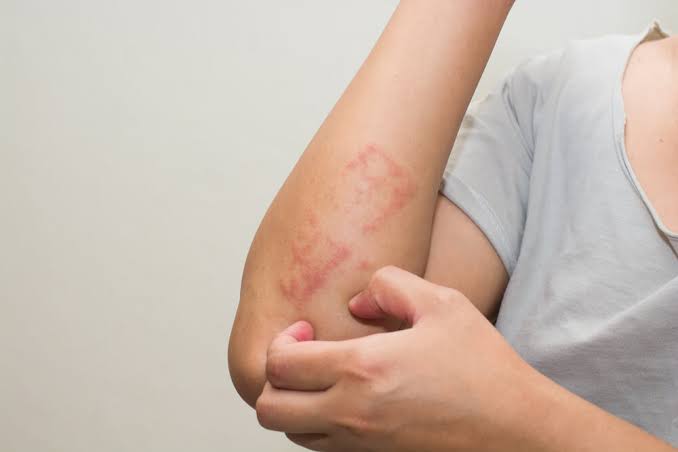Safety and Well being
Home remedy/treatments for eczema

Ready for relief? The below treatments aren’t a perfect substitute for an Rx, but they do have a combo of promising science and stellar reviews from folks living with eczema.
INTRODUCTION
About 31.6 million people in the United States — more than 10% of the population — have a form of eczema. People often use the term eczema interchangeably with atopic dermatitis, the most common type of the condition.
Eczema can cause the skin to appear chapped, red, and on darker skin tones it may look brown, purple, or gray.
Home remedies and natural treatments can soothe the dry, itching skin that accompanies eczema. Read on as we walk you through the Home remedies for an Eczema:
1. Use a gentle body wash
Rule No. 1 of basic eczema maintenance and flare-up management: You need to use the right cleanser. A mild, soap-free option is less likely to strip your skin of its natural barrier and cause dryness. Opt for one that’s free of dyes and perfumes too, both of which can trigger irritation.
2. Get serious about moisturizing
Hydrating regularly with a heavy-duty ointment or cream achieves two important things. First, it eases (or prevents) dryness that can lead to itching. Second, it acts as a barrier to block out potential irritants that can make you more uncomfortable or up the risk for infection.
3. Turn. Down. The. Heat.
A steamy shower or bath might seem soothing, but for eczema, it’s anything but. Too-hot water temps can irritate your skin, so instead of cranking the heat, keep the faucet set to cool or warm.
When you’re done, gently pat skin with a towel instead of rubbing to prevent irritation. And of course, follow up with plenty of moisturizers.
4. Resist the urge to scratch
Scratching takes dry, irritated skin from bad to worse. If mentally willing the itch away doesn’t work, try an over-the-counter (OTC) anti-itch spray like TriCalm Extra Strength Spray. It’s recommended by the National Eczema Association and doesn’t require touching (and therefore aggravating) your itchy skin.
5. Keep your cool
Heat and sweat are serious itch inducers, so try to regulate your body temp. Wear loose, breathable clothing when the weather’s hot or humid. Breezy cotton is your friend! And in the winter? Dress in easy-to-remove layers so you don’t get too warm or stuffy.
6. Try wet wraps
Wet wrapping can help rehydrate skin during a flare-up when it’s particularly parched. After bathing and moisturizing, wrap warm, slightly damp cloths or gauze around the affected skin, followed by a layer of dry clothing, like a long-sleeved shirt or sweatpants.
7. Take a colloidal oatmeal bath
Colloidal oatmeal contains natural emollients that calm red, inflamed skin and ease uncomfortable irritation. It’s available as a finely ground powder that’s easy to sprinkle into a warm bath.
8. Wear skin-friendly clothes
Soft materials like cotton, linen, or Tencel feel gentle against sensitive skin. Avoid anything rough or scratchy, like wool. If you like wool for warmth in the winter, protect your skin with a base layer like a long-sleeved cotton shirt
9. Use a humidifier
Dry indoor air can make skin even more parched, especially in the winter. But a humidifier can add moisture to the air and help you feel more comfortable. Keep one in any room where you spend a lot of time, like your bedroom, office, or living room.
10. Slather on some coconut oil
Not only does the thick, highly-absorbent oil offer up some serious hydration, but the lauric acid in coconut oil also boasts antimicrobial properties to help keep bacteria, fungi, and viruses from penetrating your skin and causing an infection.
CONCLUSION:
Even if you’re proactive about caring for your skin, it’s normal to experience periods of dryness or mild discomfort with eczema. But if things seem worse than usual, you should see your heathcare provider

















